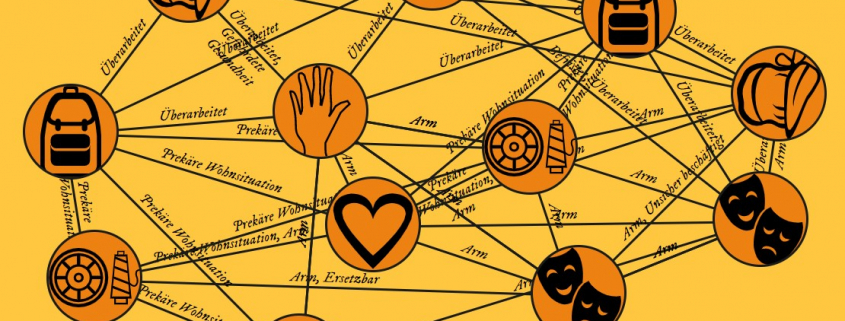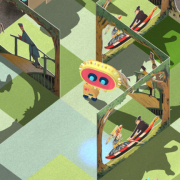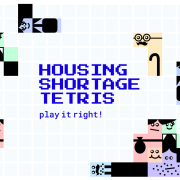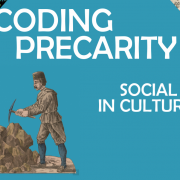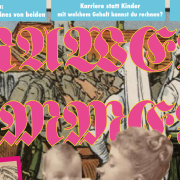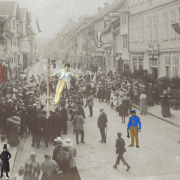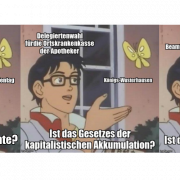Memory of the Precariat
This project was developed during the hackathon Coding Precarity and was awarded by the jury in the category “Most Political”.
Concept
Precarious working and living conditions have many faces. In this memory game it is your task to discover the similarities in diversity. Click on the symbols and get to know historical and contemporary members of the precariat. Some positions seem to have hardly changed over time, while others have disappeared and new ones came up. By moving the circles together, you discover what links past and present. The different appearances of precarious conditions often disguise the fact hat they are based on similar social and economical dynamics. The memory game attempts to reveal these connections, so that we can ask ourselves: Can solidarity be rethought throw this emerging network?
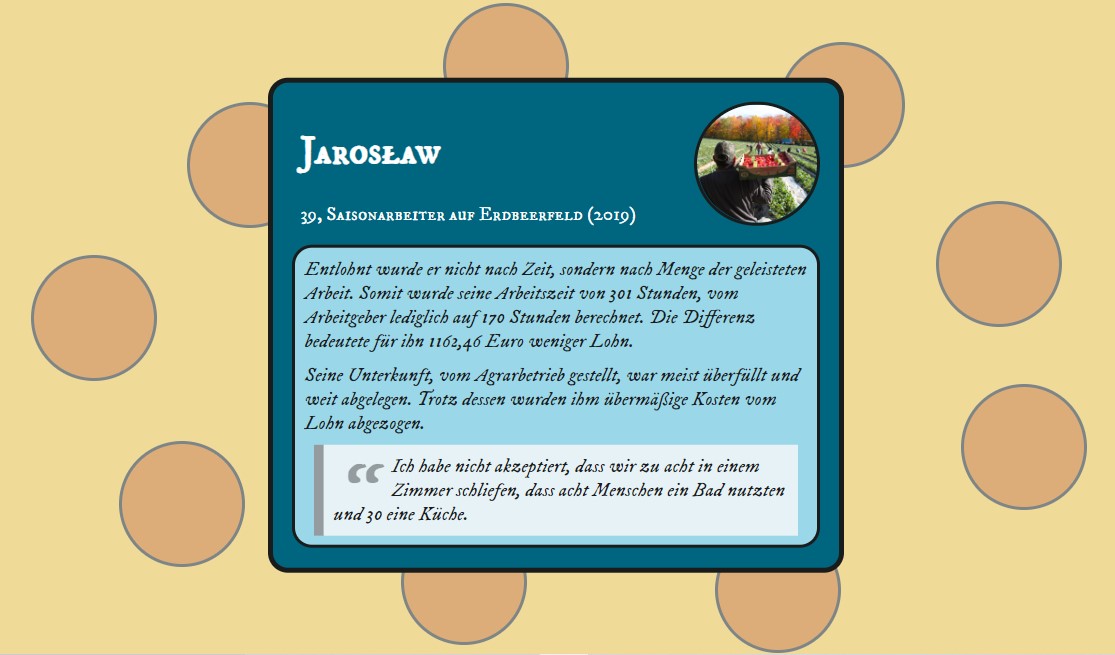
The figures shown in the game are not real persons. However, their stories are based on historical texts from the digitized collections of the Berlin State Library and the ZBW as well as on contemporary studies and reports from labour unions and newspapers.

Implementation
The memory game is technically implemented as a simple, modern web application with HTML, CSS, and JavaScript. The persons and their connections are represented as an undirected graph and are drawn dynamically and force-based in the Springy library. Each new connection potentially sets the whole graph in motion. diffDOM ensures that only changes are drawn, which decreases computing time.
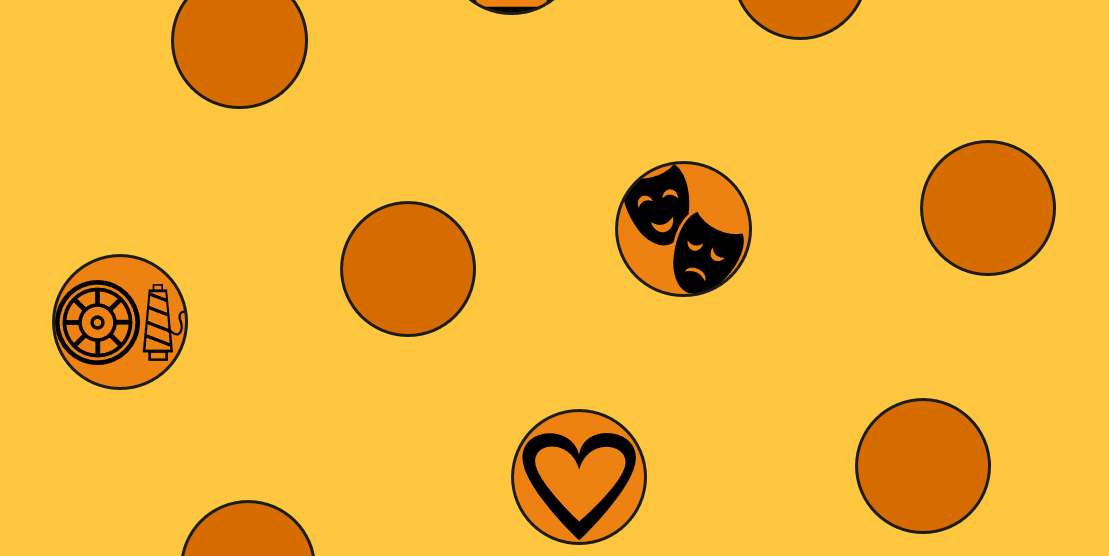
Links
Code
https://git.adrianheine.de/adrian/coding-precarity
More outcomes of the hackathon Coding Precarity can be found here.
